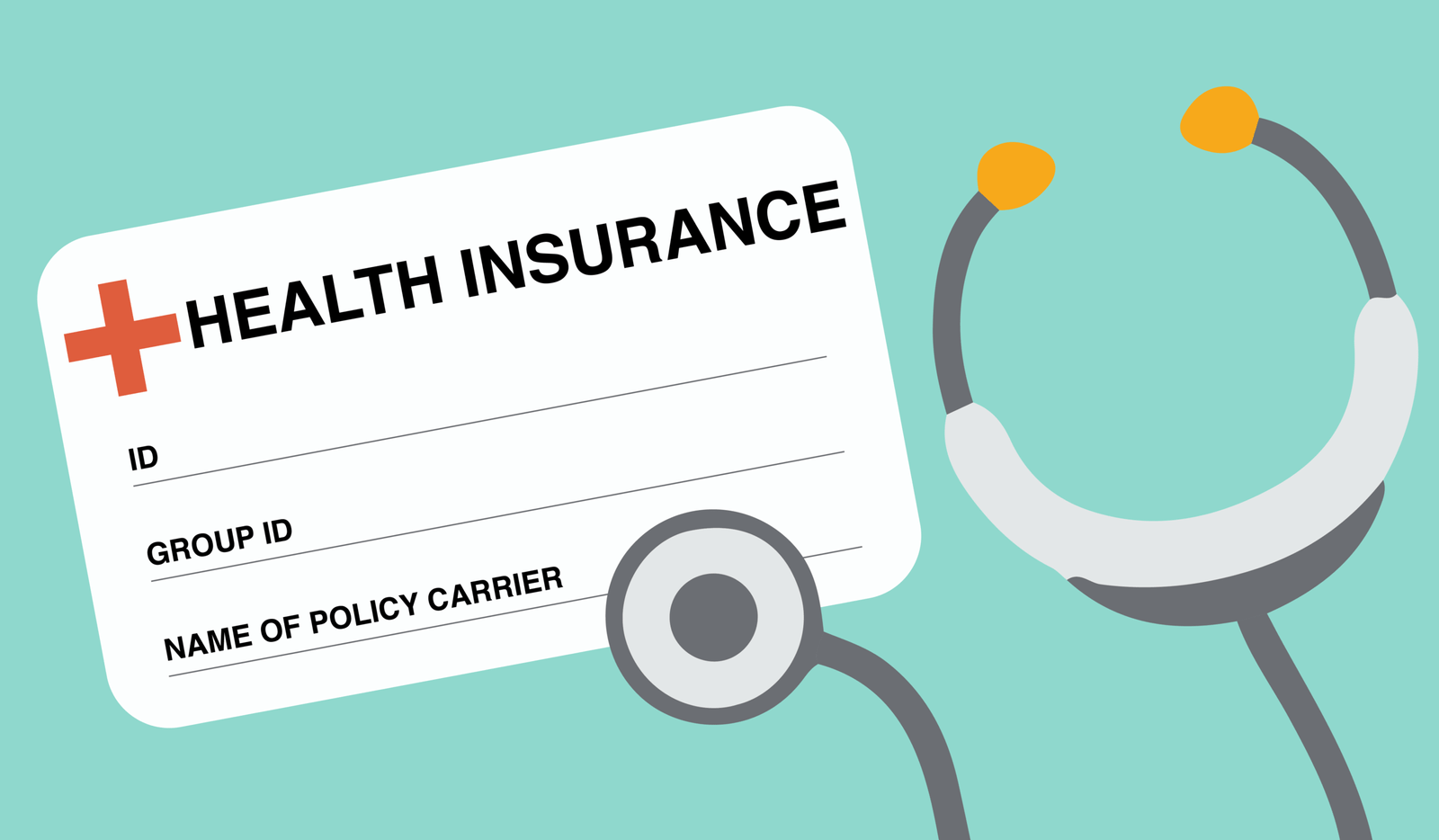Understanding Health Insurance: A Lifesaver You Shouldn’t Ignore
In today’s unpredictable world, health insurance is not just a good idea—it’s a necessity. From sudden illnesses to unexpected accidents, life can throw curveballs when you least expect them. That’s where health insurance steps in—not just to help with medical bills, but to give you peace of mind.
If you’re still wondering why you need health insurance, how it works, or how to choose the right plan, this guide is your go-to resource. Let’s break it down and make it simple.
What is Health Insurance?
Health insurance is a contract between you and an insurance provider. In exchange for a monthly premium, the insurer agrees to cover a portion of your medical expenses. This may include doctor visits, emergency room trips, surgeries, prescription drugs, and even mental health care.
The exact coverage depends on your policy, but the goal is the same: protect you from the high costs of medical care.
Why Health Insurance Matters
Many people delay getting health insurance because they feel healthy or think it’s too expensive. But the reality is, medical emergencies don’t wait for the “right time.”
Here are a few reasons why health insurance is vital:
1. Financial Protection
One major surgery or hospital stay can cost thousands of dollars. Without insurance, you could be left paying those bills out-of-pocket, leading to debt or financial ruin.
2. Preventive Care
Health insurance isn’t just for emergencies. Most plans include preventive services like vaccinations, screenings, and annual check-ups. These help detect issues early—when they’re easier and cheaper to treat.
3. Access to Better Health Services
With insurance, you often get access to a wider network of doctors, specialists, and hospitals. You’re more likely to receive timely and higher-quality care.
4. Peace of Mind
Even if you’re young and healthy, knowing you’re covered in case of an accident or sudden illness is invaluable. It lets you live with confidence, not fear.
Key Terms You Should Know
Health insurance has its own lingo. Here are some essential terms to help you understand your policy better:
-
Premium: The amount you pay monthly for your insurance plan.
-
Deductible: The amount you pay out-of-pocket before insurance starts to cover costs.
-
Co-payment (Copay): A fixed fee (e.g., $20) you pay for specific services like a doctor’s visit.
-
Coinsurance: The percentage of costs you share with the insurer after you’ve met your deductible.
-
Out-of-Pocket Maximum: The most you’ll pay in a year. After hitting this, your insurance pays 100%.
Types of Health Insurance Plans
Choosing a plan can be overwhelming. Here are the most common types of health insurance:
1. HMO (Health Maintenance Organization)
-
Lower premiums and out-of-pocket costs.
-
Requires referrals to see specialists.
-
Must use in-network doctors.
2. PPO (Preferred Provider Organization)
-
More flexibility in choosing providers.
-
No referrals needed for specialists.
-
Higher premiums than HMOs.
3. EPO (Exclusive Provider Organization)
-
No coverage outside the network.
-
No need for referrals.
-
Lower cost than PPO, more flexibility than HMO.
4. POS (Point of Service)
-
Requires referrals.
-
Can see out-of-network providers at a higher cost.
-
Mix between HMO and PPO.
How to Choose the Right Health Insurance Plan
Your health insurance should reflect your medical needs, lifestyle, and budget. Here’s how to find the best fit:
1. Assess Your Health Needs
Do you visit the doctor often? Have ongoing prescriptions? A high-deductible plan might work if you’re generally healthy, while comprehensive coverage is better for chronic conditions.
2. Check the Provider Network
Ensure your preferred doctors and hospitals are in the network. Out-of-network care can be expensive.
3. Compare Costs
Look beyond just the monthly premium. Factor in deductibles, copays, and out-of-pocket limits to understand the true cost.
4. Look at Additional Benefits
Some plans offer wellness programs, telehealth access, dental or vision care, and even gym discounts. These extras can add real value.
Health Insurance for Different Life Stages
Health insurance isn’t one-size-fits-all. Here’s what to consider at different stages of life:
Young Adults
-
Look for low-cost, high-deductible plans.
-
Consider plans with mental health coverage.
-
Use preventive care benefits.
Families
-
Choose plans that cover pediatric care, vaccinations, and maternity services.
-
Compare family premiums and dependent coverage.
Seniors
-
Explore Medicare options.
-
Consider supplemental plans (Medigap) for additional coverage.
-
Watch for drug coverage through Medicare Part D.
Common Myths About Health Insurance
Let’s bust some common myths that may hold you back from getting coverage:
“I’m Healthy, I Don’t Need It.”
Accidents and illnesses can happen unexpectedly. Health insurance isn’t just for when you’re sick—it’s also for keeping you well.
“It’s Too Expensive.”
There are budget-friendly options, especially with government subsidies and employer-sponsored plans. Not having insurance can cost more in the long run.
“I Can Get It Anytime.”
There’s typically an annual enrollment window. If you miss it, you might need to wait unless you have a qualifying life event like marriage or job loss.
Tips for Using Your Health Insurance Wisely
Having health insurance is step one. Here’s how to make the most of it:
-
Stay In-Network: To avoid high bills, always use in-network providers.
-
Know What’s Covered: Review your plan’s benefits and limitations.
-
Use Preventive Services: Don’t skip free check-ups—they help catch issues early.
-
Keep Records: Track bills, EOBs (explanation of benefits), and receipts.
Final Thoughts
Health is more than just a financial safety net—it’s a tool for long-term wellness. Whether you’re managing a chronic condition or just want coverage in case of emergencies, the right plan can make all the difference.
Take time to explore your options, understand the costs, and choose coverage that fits your needs. Your future self—and your wallet—will thank you.
